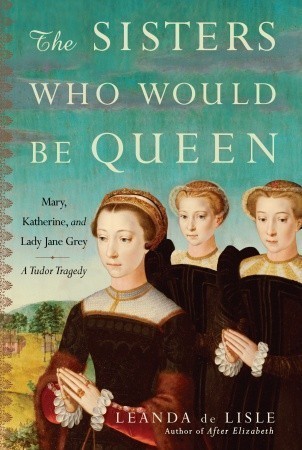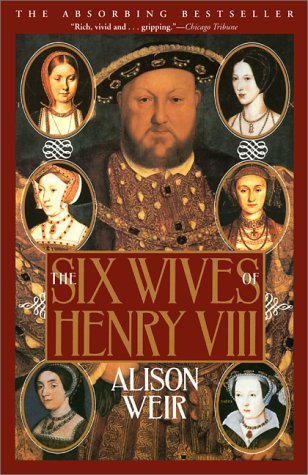
The Children of Henry VIII
Book Description
The fate of a kingdom hangs in the balance as the children of the infamous Henry VIII grapple with the legacy of their father's tumultuous reign. Torn between loyalty and ambition, each sibling must navigate a treacherous landscape of power, betrayal, and heartache. From the fierce resolve of the fiery Mary to the calculating charm of the dashing Edward, their lives unfold like a gripping drama filled with secrets and struggles. Alliances will be tested, and love will collide with duty in a relentless quest for survival. Can they rise above the shadow of their father, or will history consume them all?
Quick Book Summary
"The Children of Henry VIII" by Alison Weir offers a riveting account of the traumatic and dramatic lives of Henry VIII’s four legitimate and illegitimate children: Edward VI, Mary I, Elizabeth I, and Lady Jane Grey. Weir navigates the turbulent period following Henry’s death, exploring how his offspring managed the throne, their relationships with each other, and the religious and political crises they inherited. The book delves into the ambition, heartbreak, and rivalry that defined their reigns, painting vivid portraits of individuals struggling against overwhelming expectations and dangerous intrigue. Weir’s historical scholarship reveals the personal motivations and broader implications of their choices, illuminating how the fate of a nation was shaped by this exceptional family’s rise and fall.
Summary of Key Ideas
Table of Contents
Succession Struggles and Royal Legitimacy
After Henry VIII’s death in 1547, his only son, Edward VI, ascended the throne as a minor, setting off a power struggle among ambitious courtiers and regents. Edward’s reign, though short, was characterized by significant religious reform and the manipulation of those around him. Guided by figures like the Duke of Somerset and the Duke of Northumberland, Edward’s government led Protestant reforms while also facing internal disputes that weakened royal authority and stability. These early changes returned to haunt England as his health faltered and the question of succession became acute.
Religious Turmoil and Its Consequences
Edward’s declining health intensified the pressure on factions at court to secure the Protestant cause, culminating in the attempt to place Lady Jane Grey, Edward’s Protestant cousin, on the throne. Jane’s tragic nine-day reign was orchestrated by ambitious nobles seeking to preserve their influence and the reforms they championed. This gamble failed rapidly when popular sentiment and the support of key factions turned to Mary, the eldest daughter of Henry VIII. Jane’s short, ill-fated rule underscored the vulnerability of female claimants and the ruthless nature of Tudor politics.
Sibling Rivalry and Personal Ambition
Mary I’s accession marked a dramatic reversal in religious policy, with England swinging violently back towards Catholicism. Driven by her deep convictions and memories of her mother’s treatment, Mary focused on undoing Edward’s reforms, restoring papal authority, and persecuting Protestant dissenters. Her marriage to Philip of Spain provoked resistance and worries over foreign influence, making her reign both politically and personally fraught. Mary’s inability to produce an heir further destabilized the succession, setting the stage for her half-sister Elizabeth.
Political Intrigue and Betrayal
Elizabeth I’s assumption of the throne signaled the start of a remarkable era, but she inherited a fractured nation. The trauma of her siblings’ reigns informed her cautious, pragmatic approach, balancing Protestant reform with an emphasis on national stability and avoiding the extremes of previous reigns. Elizabeth navigated threats both internal and external, became adept at playing political rivals against each other, and forged an identity as the “Virgin Queen,” creating a powerful image that ensured her lasting influence and the durability of the Tudor legacy.
Legacies Shaped by History
Throughout their intertwined stories, Weir illustrates how the children of Henry VIII were bound by more than blood—they were united and divided by the heavy burden of their father’s legacy. Their personal relationships, marked by mistrust and rivalry, played out amidst courtly intrigue and national turmoil. Each, in their own way, struggled to define themselves apart from Henry’s turbulent shadow, and their decisions not only shaped their personal destinies but the course of English history itself, highlighting the complex intersection of family, power, and fate.
Download This Summary
Get a free PDF of this summary instantly — no email required.





